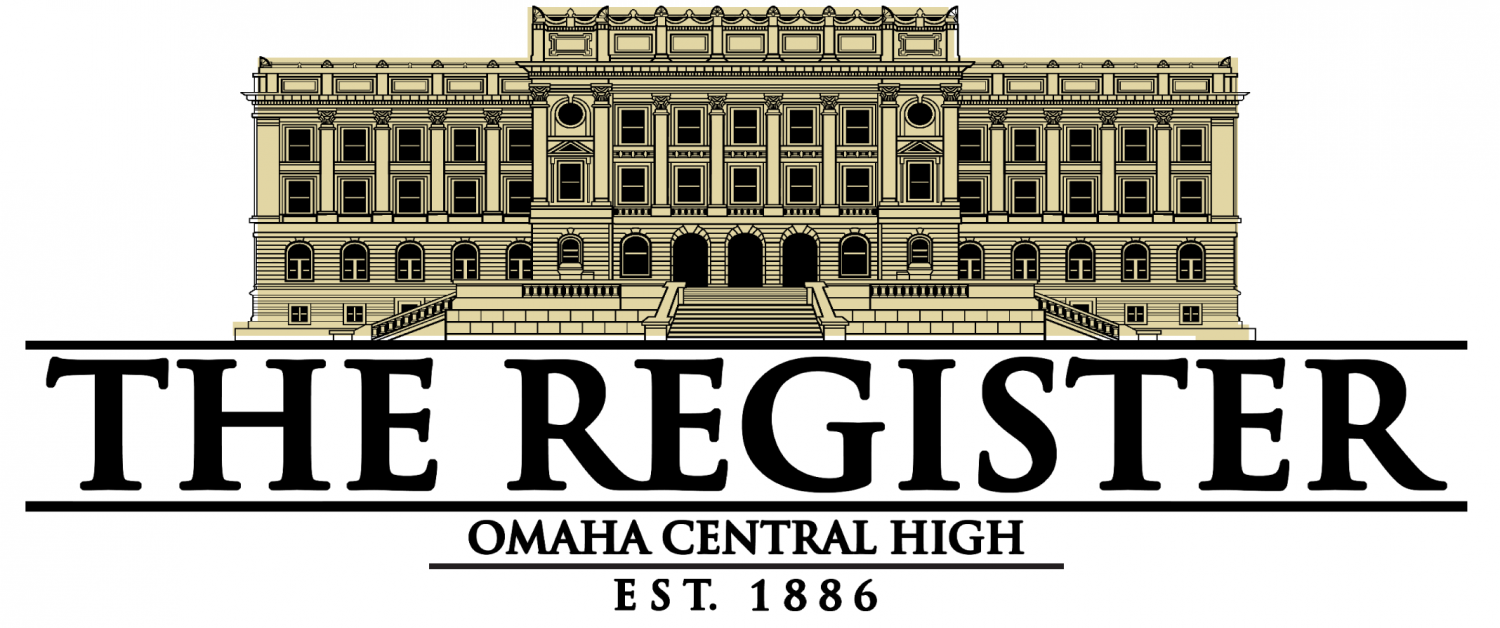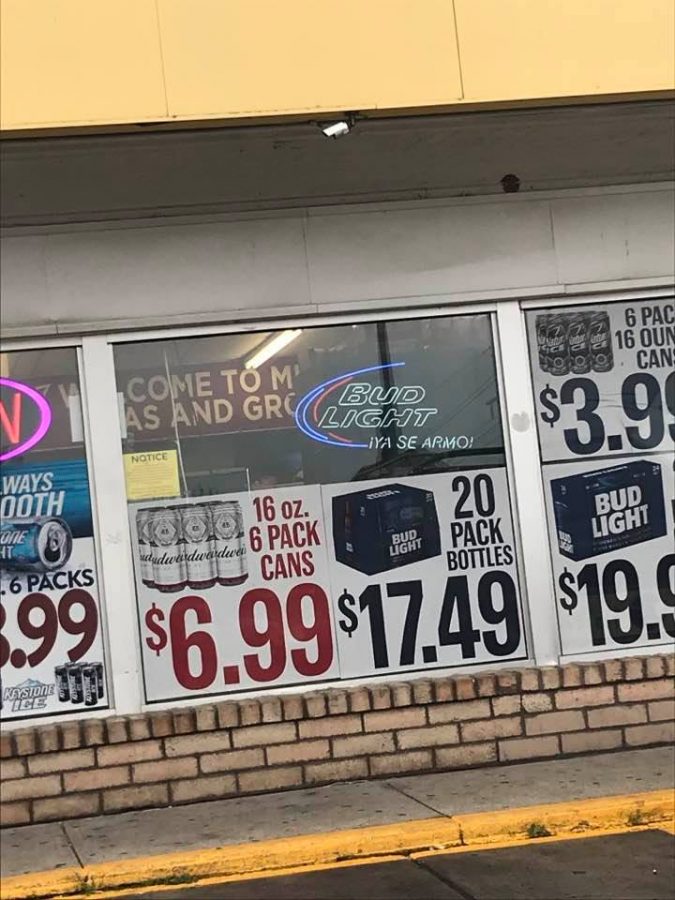Liquor needs same treatment as tobacco
October 6, 2017
When the United States was founded, two of the most important elements in society were alcohol and tobacco. After years, this has stayed true. But the perception of each has greatly shifted, as the advertising style of each displays.
Tobacco has been a staple in Americans’ lives since the Revolutionary War. The first American tobacco ad appeared in a New York paper in 1789. Soon before the Civil War, scientist began to discover the dangers of tobacco and nicotine, but these discoveries did not slow the tobacco industry’s growth.
By the early 1900’s, the tobacco industry had exploded. Major tobacco corporations like Camel and Marlboro were created. These companies thrived during the World Wars, causing cigarettes to be rationed like food. But with the tobacco industry boom came more research into cigarettes’ dangers.
In 1964, the Surgeon General released a report on the dangers of cigarettes. The report caused the government to begin regulating tobacco advertising. In 1970, President Reagan enacted the Public Health Cigarette Smoking Act, which was created to help end smoking. It banned advertisements for tobacco on the radio and television as well as adding warning labels to cigarette cartons. By 1996, further restrictions were placed on tobacco advertising include limits on locations where cigarettes can be sold and which magazines cigarettes can be advertised in.
But alcohol also had its dark past. Liquor was considered the root of many social issues such as poverty and domestic abuse. The rise of these issues in the 1910’s sparked the Prohibition’ creation in 1920.
These issues did not dissolve with the ban on alcohol, so the ban was removed in 1933.
Following the Prohibition, alcohol was regulated mainly by the states. States could make their own policies on liquor, including setting their own drinking age and advertising policies.
Eventually the federal government implemented baseline regulations for television advertisements, such as 70% of viewers must be over the legal drinking age to advertise alcohol. But these policies are much looser than those on tobacco advertisement. The main regulations for liquor advertising pertain to children’s perception of liquor.
But the restrictions on advertising impacts the amount of people that use each substance.
With the limited amount of advertising, less people are starting to smoke. Since 1976 the tobacco rate has gone significantly down, dropping from 30 percent of high school seniors smoking regularly to a mere 6 percent.
With harsh restrictions on advertisements, less people are exposed to tobacco which helps reduce the number of new users.
On the other hand, the number of new drinkers has gone up. Over 7.7 million people ages 12-20 report drinking in the last month, and 90 percent of this drinking is binge drinking.
This spike in underage drinking is tied back to the amount of liquor advertising there is. Because young people see liquor ads across multiple mediums, they are more inclined to start drinking simply because they are more exposed to it.
This spike clearly shows that the advertising matters. If the government wishes to reduce the use of alcohol, advertising restrictions like those on tobacco need to be implemented. The declined use of tobacco proves that reduced advertising helps reduce the number of users. If alcohol and tobacco kill roughly the same amount of people each year, they should be treated the same, and therefore advertised the same.

